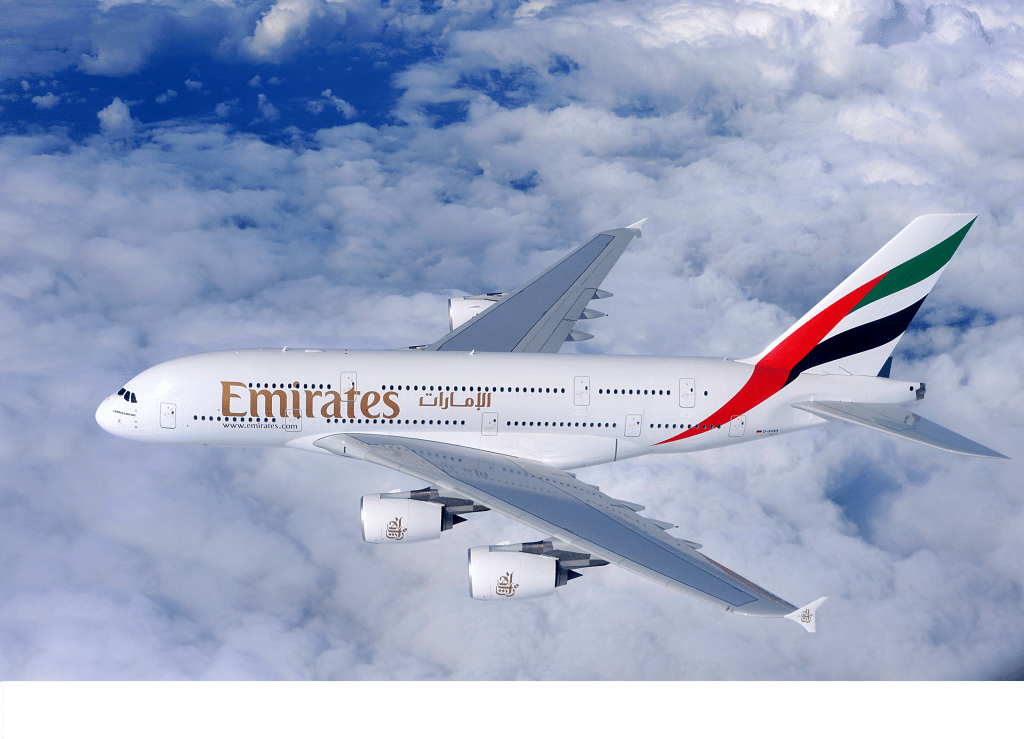
Performance-based navigation (PBN), made up of area navigation (RNAV) and required navigation performance-authorization required (RNP-AR) sounds complicated. But in reality, it isn’t. Emirates’ Roger Hall, RNAV project lead and Airbus A380 captain, says the perceived complexity is one of the hurdles holding back the full adoption of PBN.
Hall will be discussing the topic at our Avionics for NextGen conference Nov. 15 to 16 at the Hilton Washington Dulles Airport in Herndon, Virginia. Ahead of his panel, here’s what you should know about PBN.
Why is PBN such an important topic right now?
Hall: PBN (RNAV & RNP-AR) can and is providing solutions to some serious challenges in the industry. For example, the industry has seen a number of events where pilots have landed on the wrong runway (Newark), attempted to land on a taxiway (San Francisco) or landed short of a runway (San Francisco). These events can only occur if pilots are over-relying on visual references. RNAV can be used as a simple aid to help pilots avoid these errors. And it doesn’t have to be complicated or add flying time to an approach.
Another way RNAV can aid safety and efficiency is by combining it with visual operations or by combining with older approach systems such as ILS. An example of a challenging environment where we’ve done this is Kabul, Afghanistan, where we brought in an RNAV visual approach to Runway 11. And an ILS-to-RNP-AR missed approach for Runway 29. As a result, we’ve avoided a number of diversions to alternate airports and can carry more cargo into Kabul, making operations more cost-effective.
What aspect of PBN do you think presents the most challenges?
Hall: We need to make it simpler for all to understand procedures and requirements.
One of the bigger challenges is helping people understand that PBN is actually quite simple. One issue is, as the aviation community is regulated by a number of different agencies, we have multiple terms that mean the same thing and RNAV approach charts with differing titles and notations that are not standardized across the world. There’s no easy solution to this because some agencies don’t want to change, and the understanding at all levels of issues pilots face can be somewhat lacking.
Today’s aircraft are very capable, and developing RNP-AR procedures does not have to be expensive.
What do you think is the main benefit of PBN?
Hall: Safety and efficiency.
Do you think there are any leaders in PBN? Are there any players that are ahead of the curve?
Hall: The FAA and U.S. have led the way in RNAV and RNP-AR, and I have a high level of appreciation for what the FAA has done to develop procedures and standardize the application process. Other regions are starting to make better use of RNAV and RNP-AR — each uses principles and guidelines that were originally developed by the FAA.
When it comes to airlines, Alaskan, US Airways (now part of American) JetBlue and WestJet (Canada) have shown how to develop and bring into daily use sophisticated RNAV and RNP-AR procedures.
Is there anything else you’d like readers to know about the subject you’ll be covering at Avionics for NextGen?
Hall: I aim to show, with practical examples and video, how RNAV and RNP-AR can be brought quickly into daily airline use to help safety and efficiency. And that doing so does not necessarily have to be expensive, time-consuming or complicated.